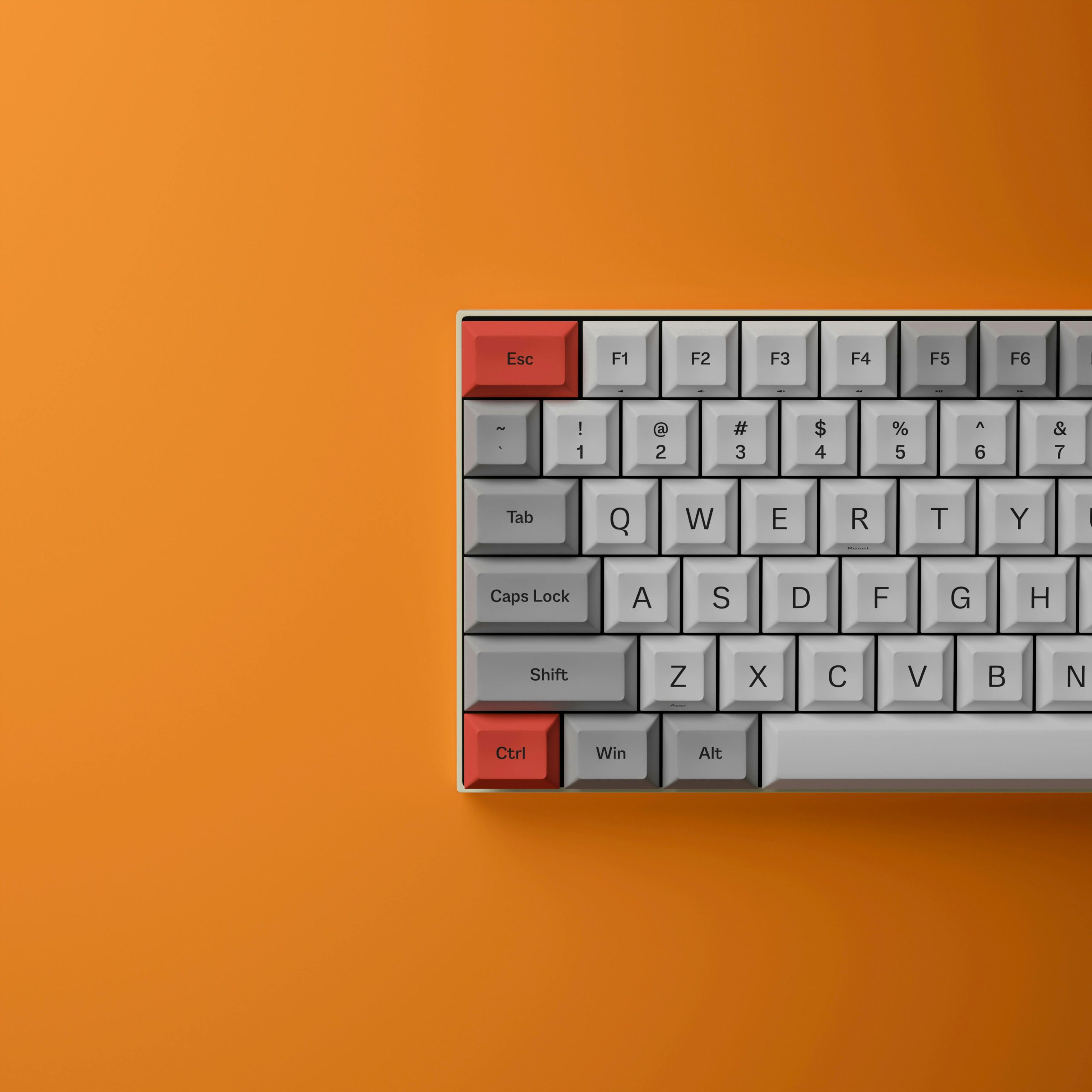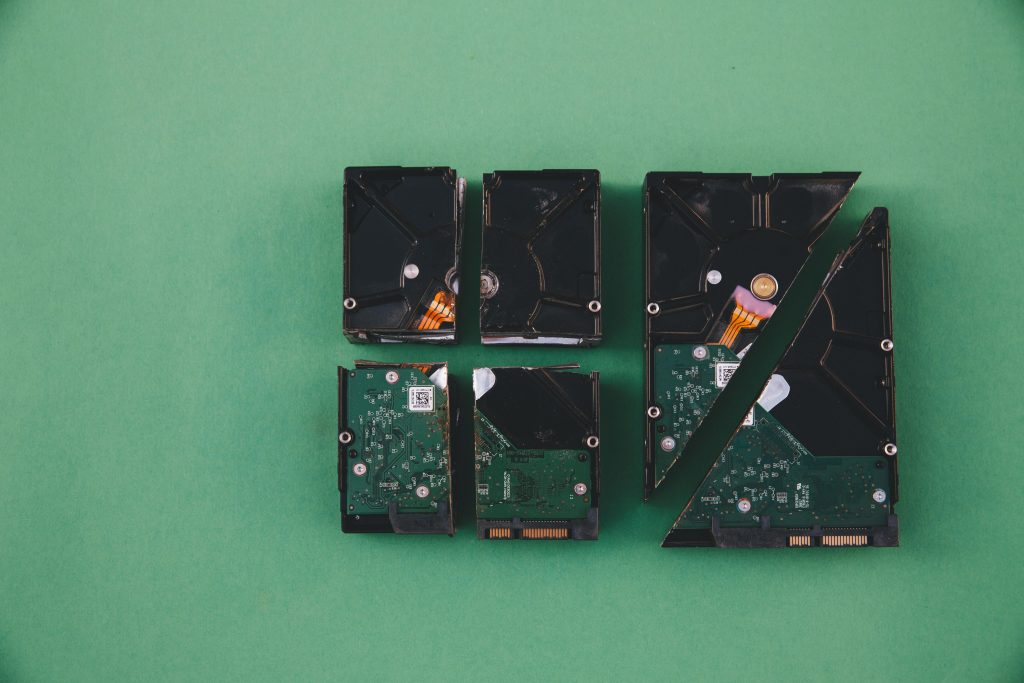Understanding and Troubleshooting Laptop Power Issues: A Case Study with the ThinkPad P14s Gen 4 AMD
Introduction
Laptops are essential tools for professionals and casual users alike, but they can sometimes present perplexing issues. One common problem is a device that refuses to power on consistently, often accompanied by indicator lights or flashing keys. In this article, we explore a real-world scenario involving a second-hand Lenovo ThinkPad P14s Gen 4 AMD, shedding light on potential causes and solutions for similar problems.
Case Description
The user purchased a used ThinkPad P14s Gen 4 AMD a few months prior, which was functioning correctly initially. However, complications arose after the system was not properly shut down before closing the lid. Notably, the laptop was found in a hot state within a backpack—raising concerns about overheating and its impact on hardware.
Repeated Incidents and Observations
-
Overheating and Unusual Behavior: The laptop was discovered hot and unresponsive. On charging and attempting to turn it on, a BIOS-related message appeared: “System has self-heals by restoring BIOS from backup. Please check BIOS version and then update BIOS if needed. Press Esc to hide this message.” This message recurred, indicating potential BIOS issues.
-
Power and Indicator Lights: In subsequent attempts, the laptop’s power indicator remained on, yet the screen and keyboard stayed inactive. When trying to power the device on, certain keys—specifically Esc, F1, and F4—began flashing in a pattern, which can be indicative of hardware or BIOS errors.
-
Failure to Reset or Access BIOS: Prior efforts to access BIOS settings to customize keyboard function keys were thwarted by a BIOS password that was unknown, complicating troubleshooting.
Potential Causes and Diagnostic Steps
-
Overheating and Thermal Stress:
Constant overheating from improper shutdowns can damage internal components or cause the system to enter a protection mode. Ensure that the device has proper ventilation and that internal cooling components, such as fans and heat sinks, are clean and functioning. -
Corrupted or Faulty BIOS:
The recurring BIOS message suggests possible BIOS corruption or incomplete updates. Since BIOS controls hardware initialization, issues here can prevent normal booting. -
Hardware Malfunction:
Flashing keys and inability to power on may also indicate hardware failures, such as RAM, motherboard, or power supply issues. -
BIOS Password Lock:
A BIOS password
Share this content:


